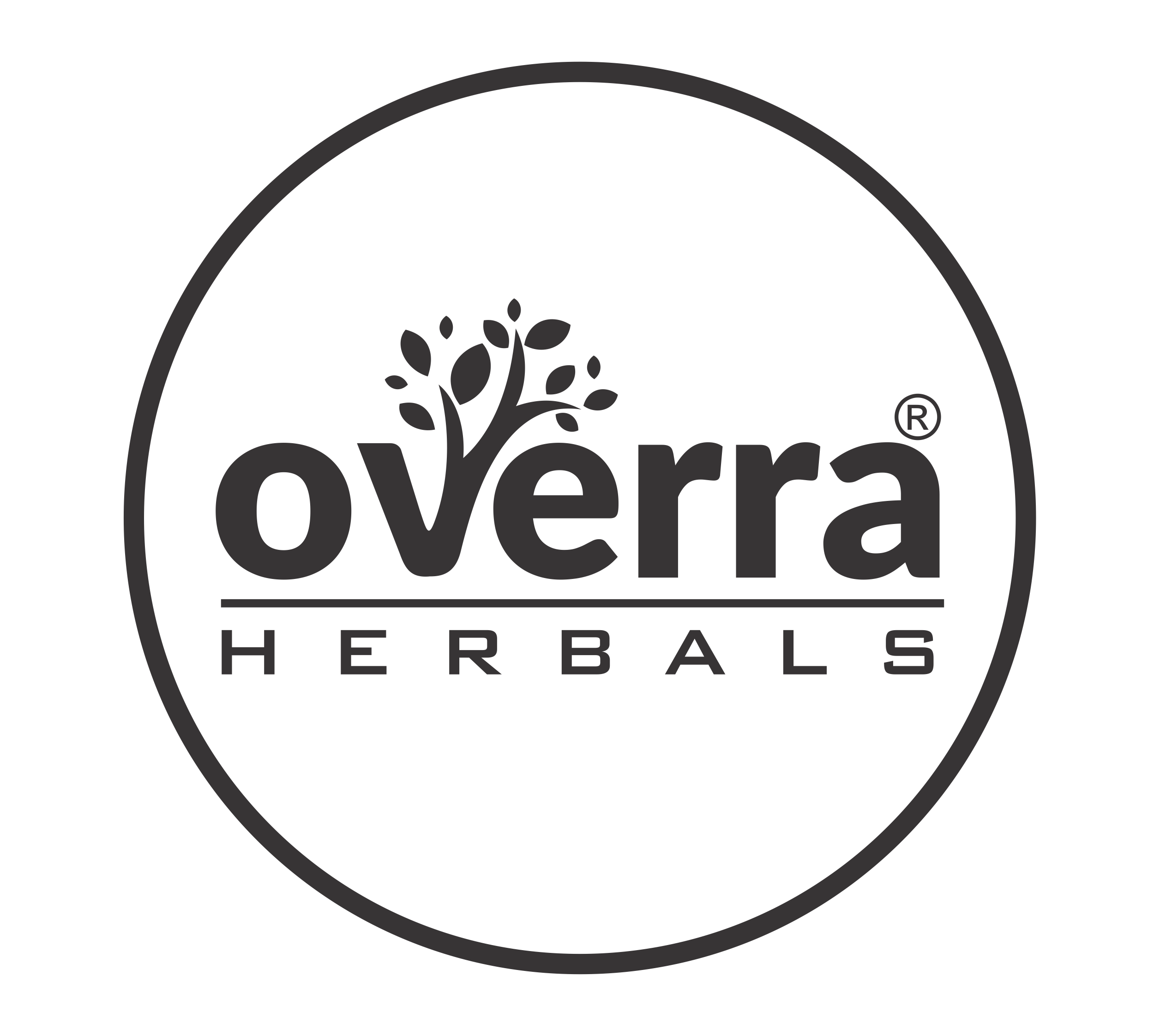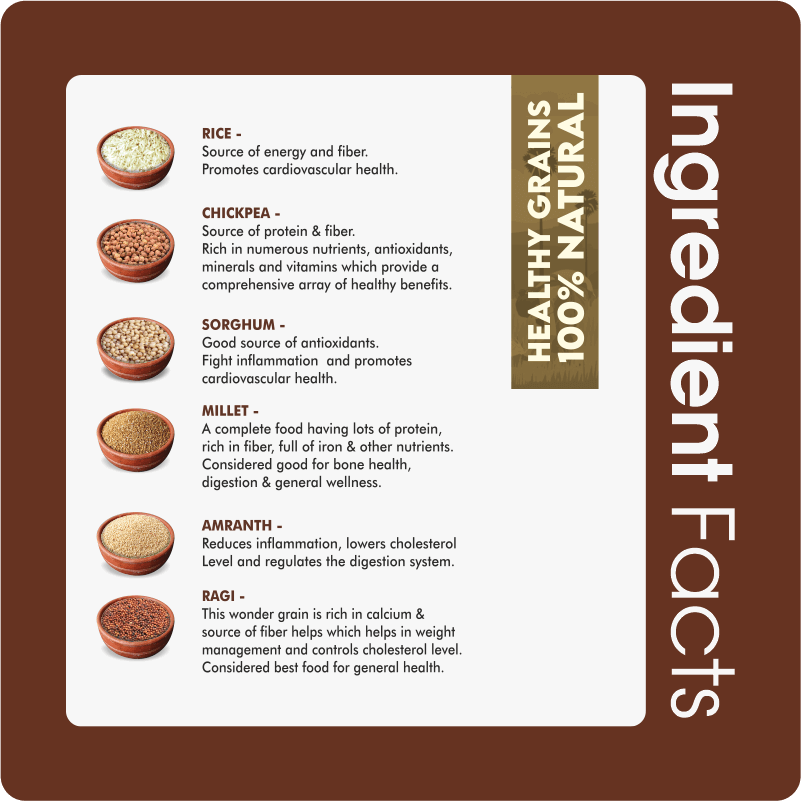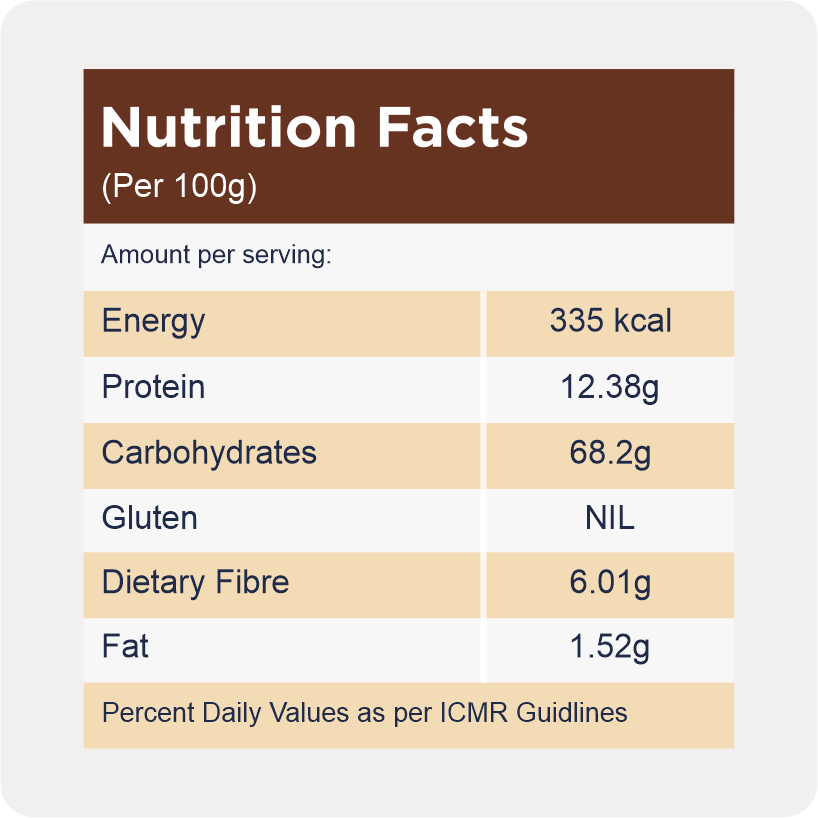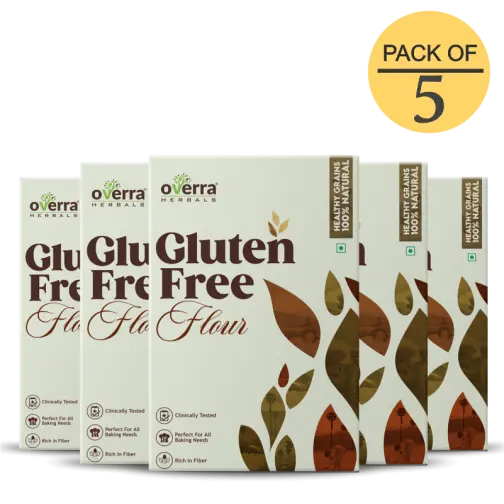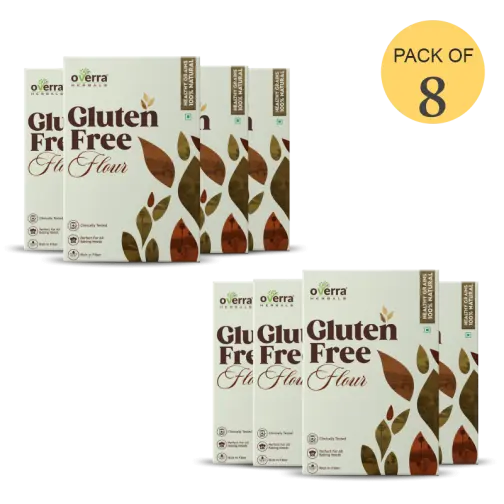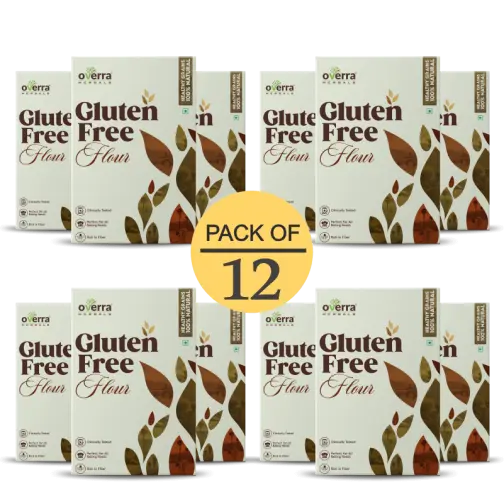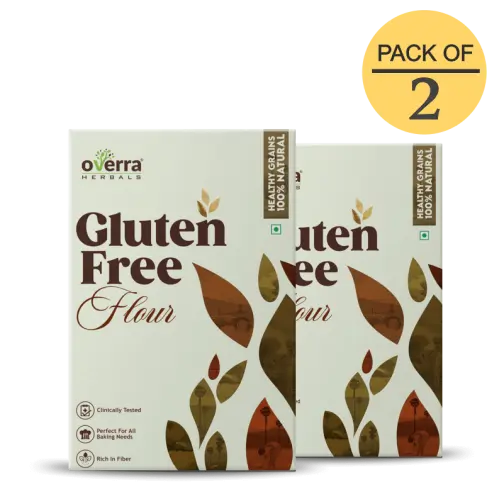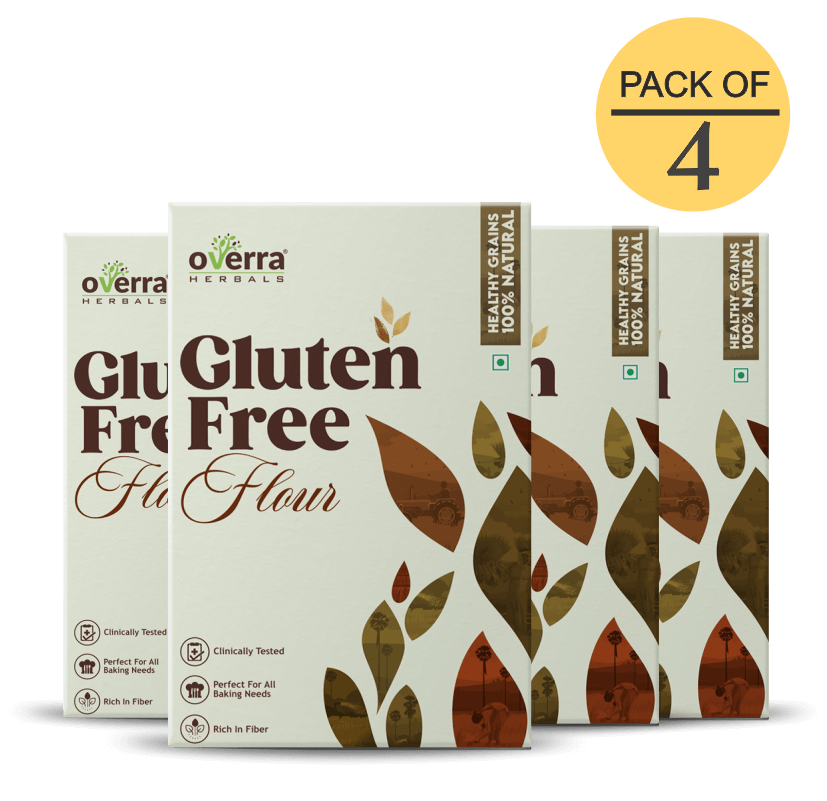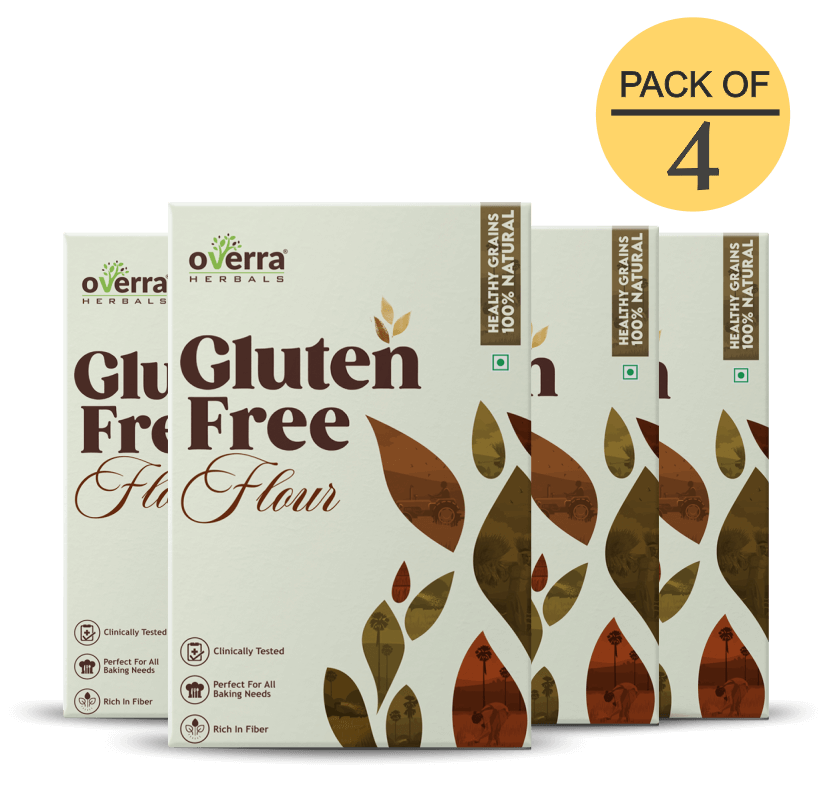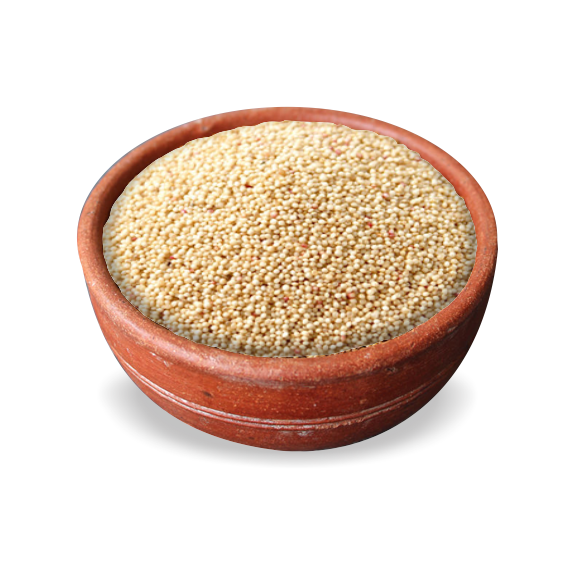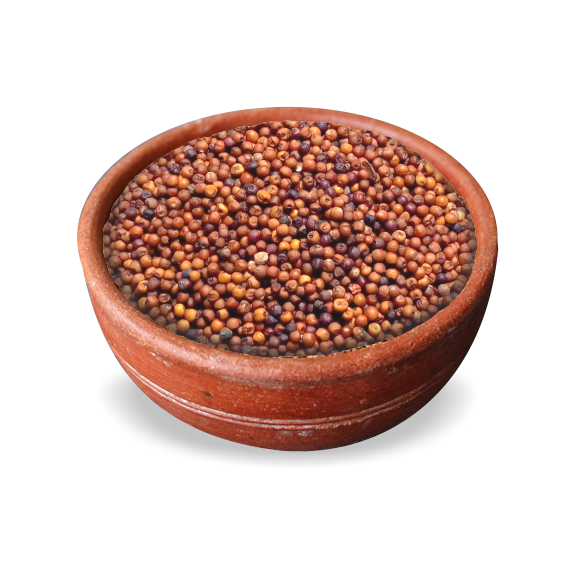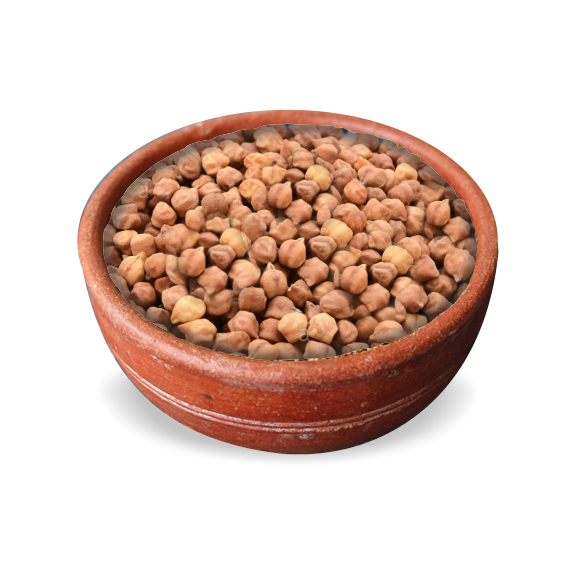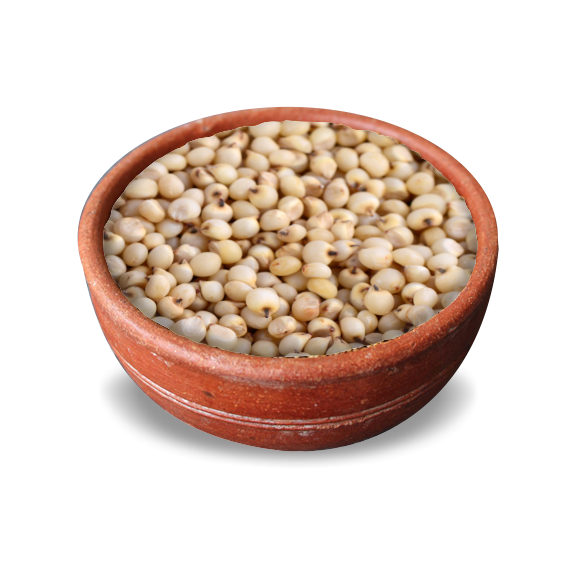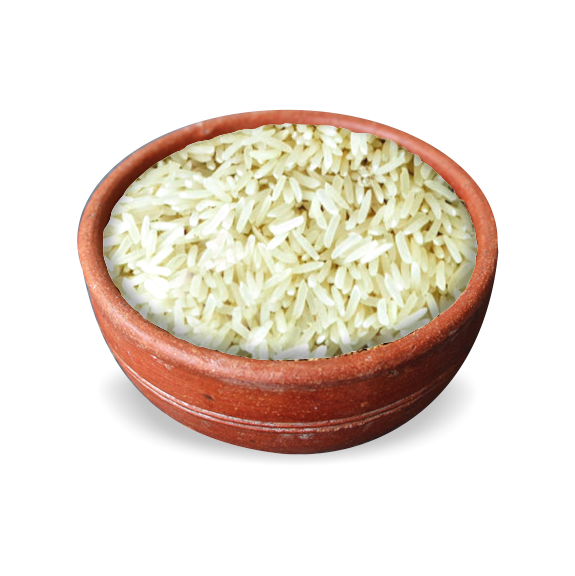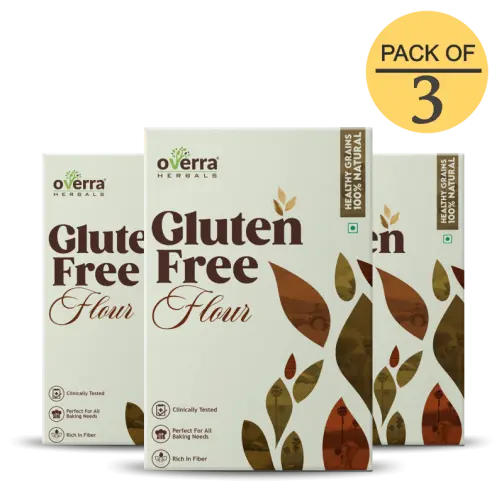
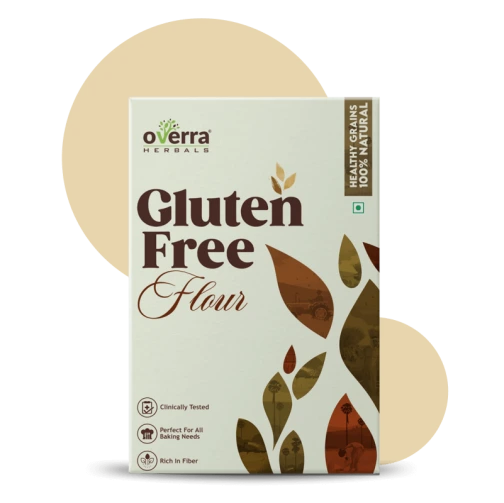
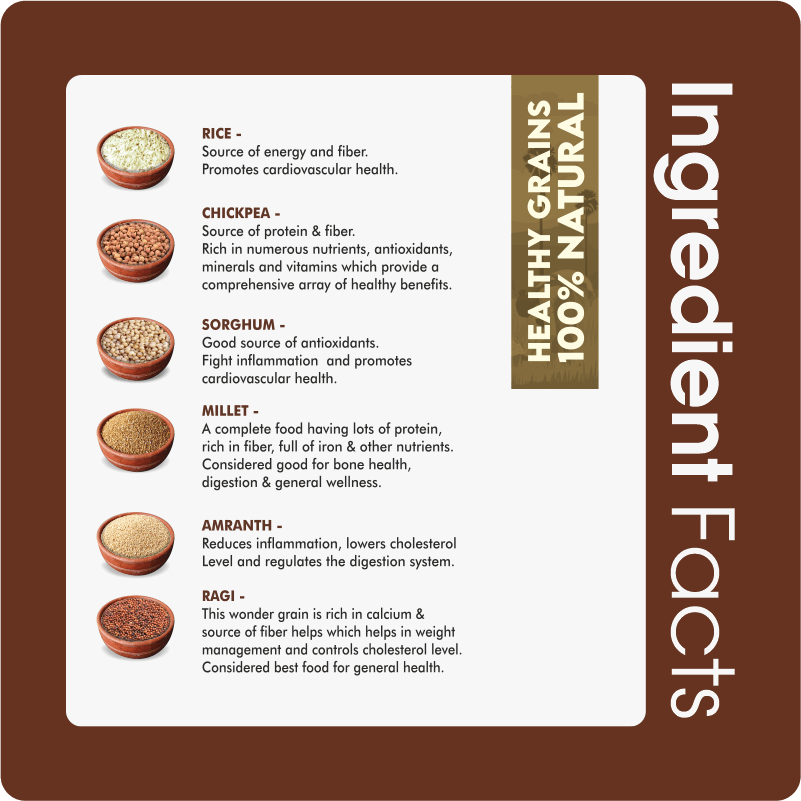

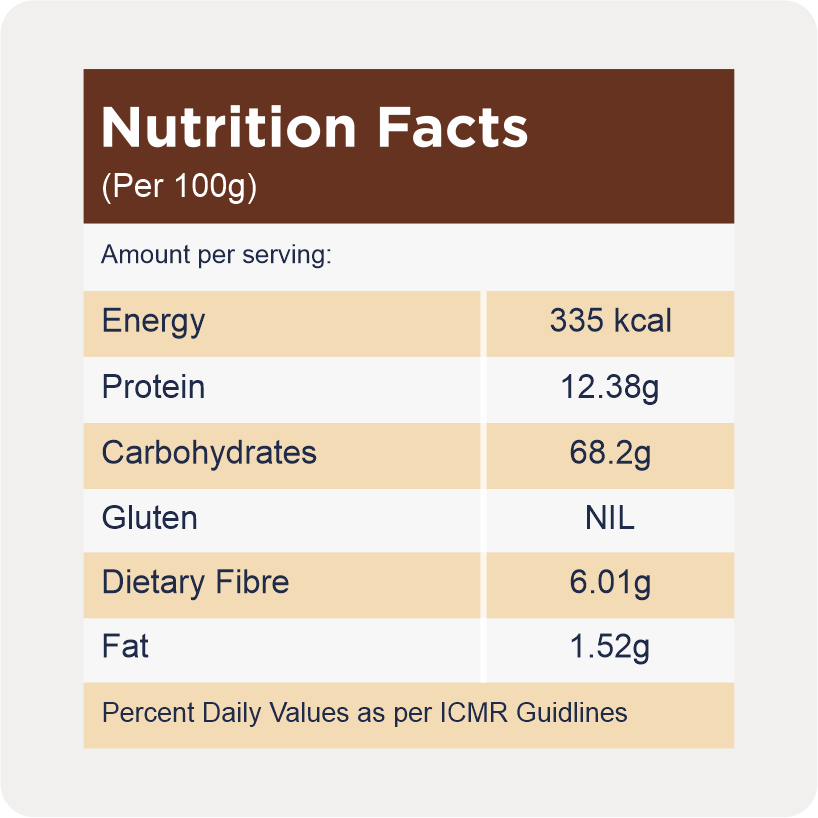

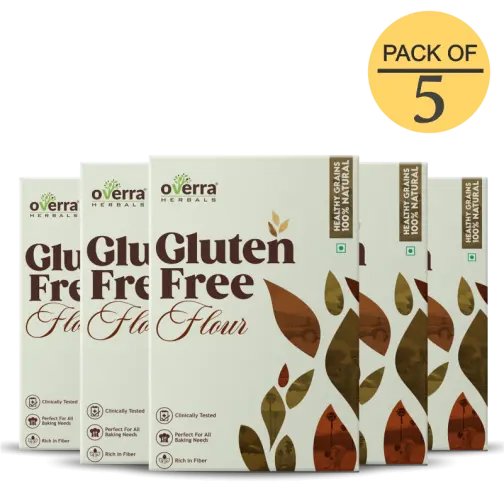
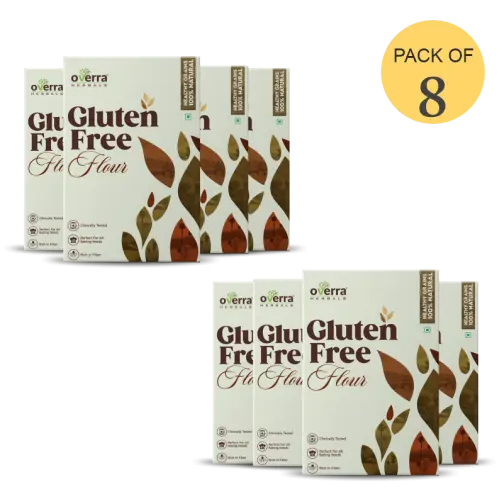
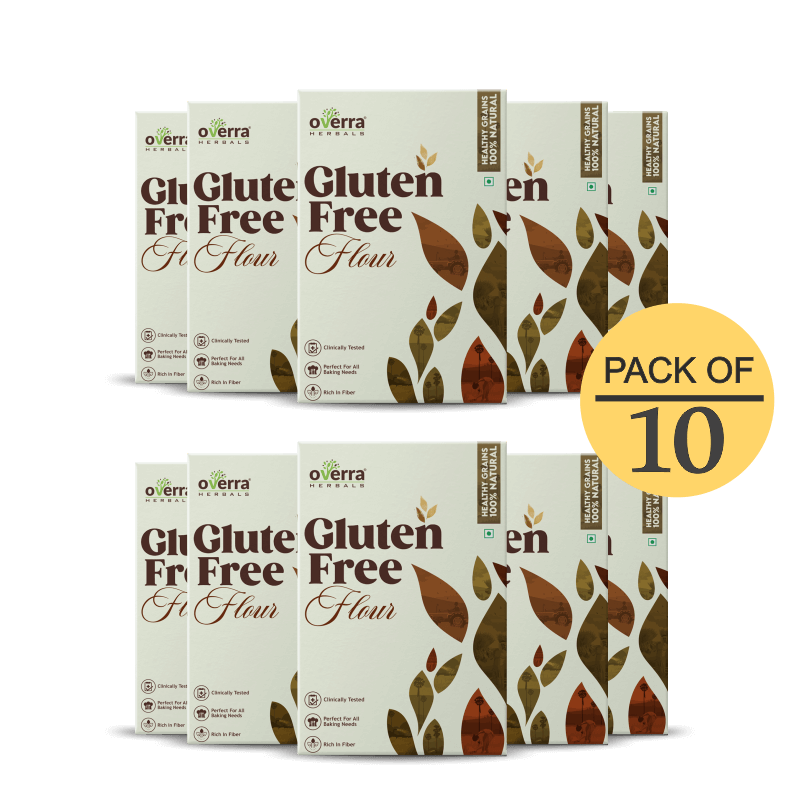

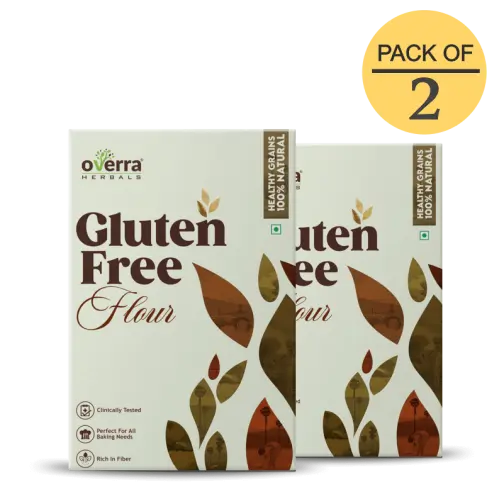
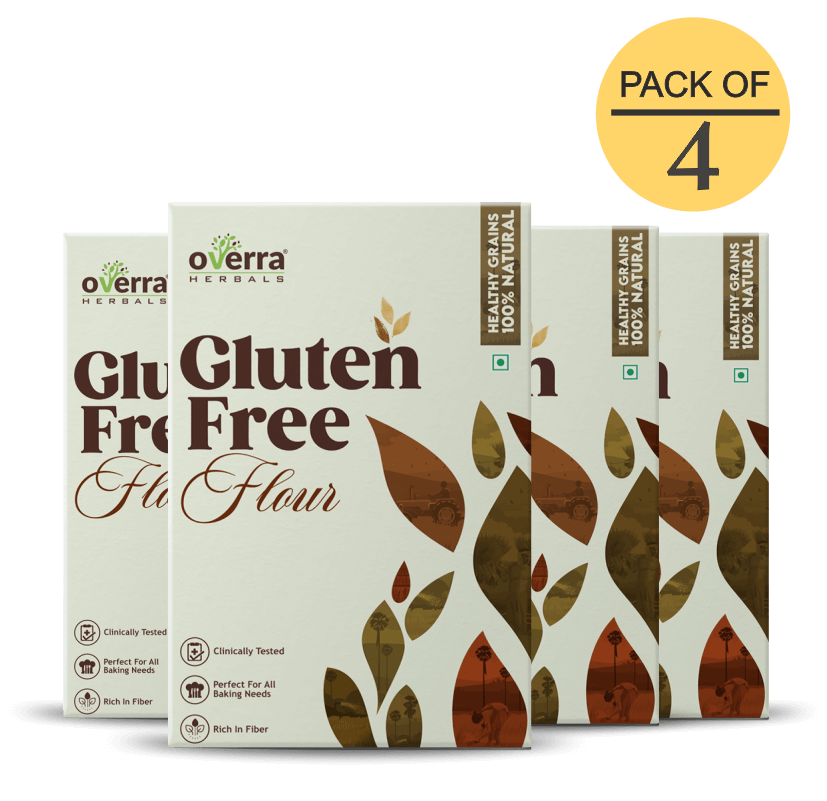
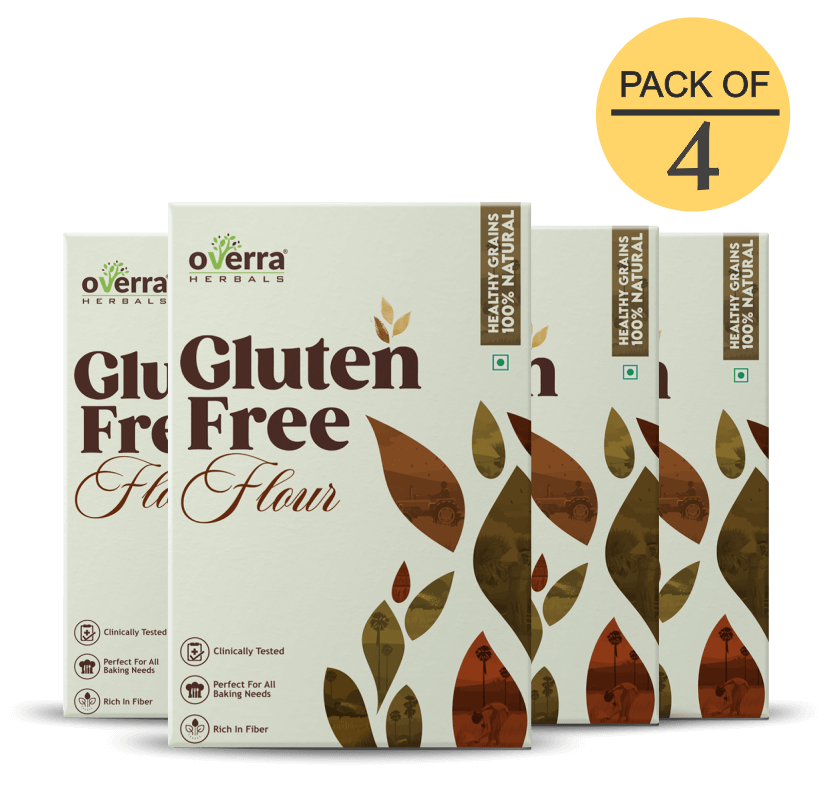

Gluten Free Flour
Gluten-free flour is a speciality product designed for individuals with gluten sensitivities. It provides a safe alternative to traditional wheat flour, which can cause discomfort and health issues for those with gluten intolerance or celiac disease. Gluten-free flour has a unique texture and flavour profile, which sets it apart from traditional wheat flour. Some gluten-free flours are high in protein and fibre, while others are rich in essential minerals and nutrients. The versatility of gluten-free flour allows for the creation of an array of delicious and nutritious baked goods without the use of gluten.
INNOVATIVE FORMULATION
Punjab Agriculture University (PAU) has developed an innovative formulation for gluten-free flour that is safe for celiac patients. This formulation eliminates the risk of gluten contamination during the manufacturing process and has excellent baking properties.
The gluten-free flour developed by PAU is rich in essential nutrients and provides a healthy option for celiac patients and those who choose to follow a gluten-free diet. This breakthrough has the potential to revolutionize the gluten-free food industry and make safe and healthy food options more accessible to those with celiac disease.
Overall, PAU's innovative formulation for gluten-free flour is a game-changer in the food industry and provides a safe and healthy option for those with celiac disease.
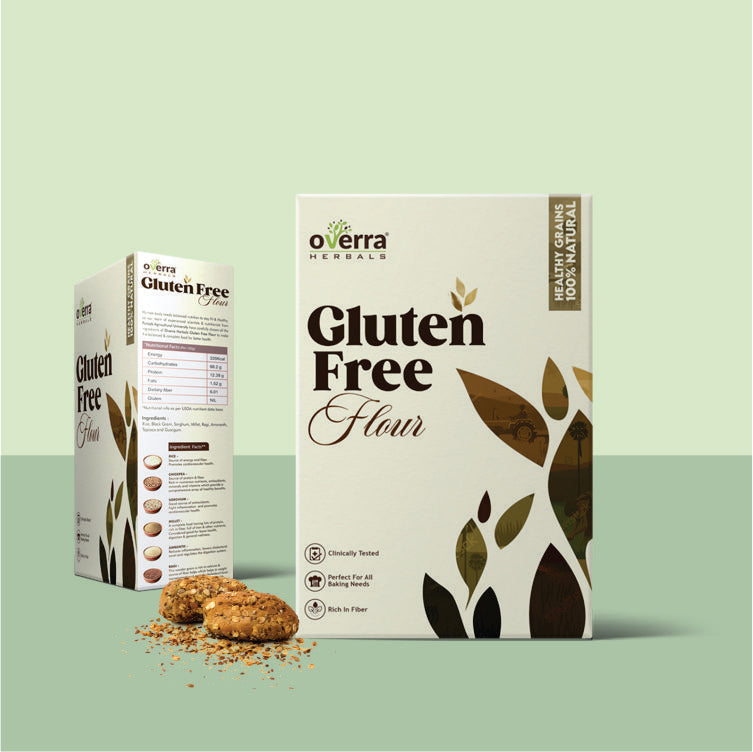
Gluten Free Flour
Gluten-free flour is a type of flour made without gluten-containing grains like wheat, barley, and rye. Alternative gluten-free flours like millet, ragi, chickpea, amaranth, and sorghum are nutritious and delicious options for those with gluten sensitivities. Each type of gluten-free flour has its own unique flavour, texture, and nutritional profile. Millet flour has a mild, slightly sweet flavour, while chickpea flour has a nutty flavour and high protein content. Amaranth flour is sweet and nutty, while sorghum flour is versatile and can be used in a variety of baked goods.
